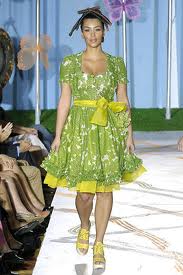An acute ear and silken tongue.
Good account planners have the ability to read data and see patterns. They see holes in the market that can be filled by behaviors playing to those patterns and they jump on them. Good planners, like good anthropologists, do not insinuate themselves in to the pattern, they just observe. That’s good account planning.
The Ear
Great account planners do all that but have the added benefit of a acute hearing and a silken tongue. The “great” use their ears to truly hear what consumers or interviewees hold dear and important. Just as a Galvanic Skin Response test can measure fear or arousal, a great planner knows when a topic is heating up. Megan Kent of Brand Synchronicity tells us that the amygdala (brain part) is the consumer’s bull shit filter, well great planners have a filter too — they filter out the chaff, and hone in on the important. Emotionally and rationally. That’s the ear.
The Tongue
The silken tongue comes in during the consumer interview — when the planner is probing, digging and trying to get to the good stuff. It takes a wicked silky tongue to break through a consumer’s defenses. Consumers can see in your eyes and body language if you are really interested. They can tell if you are simply probing or if the discussion is, indeed, two-way and you’re truly interested. If you do it correctly, with good pacing, consumers will tell you a lot more than you expect. But your interest has to be genuine. I must be straight to the heart. And it’s best if somewhat disarming. The silken tongue.
From good ears and silken tongues come the best creative. Peace!







